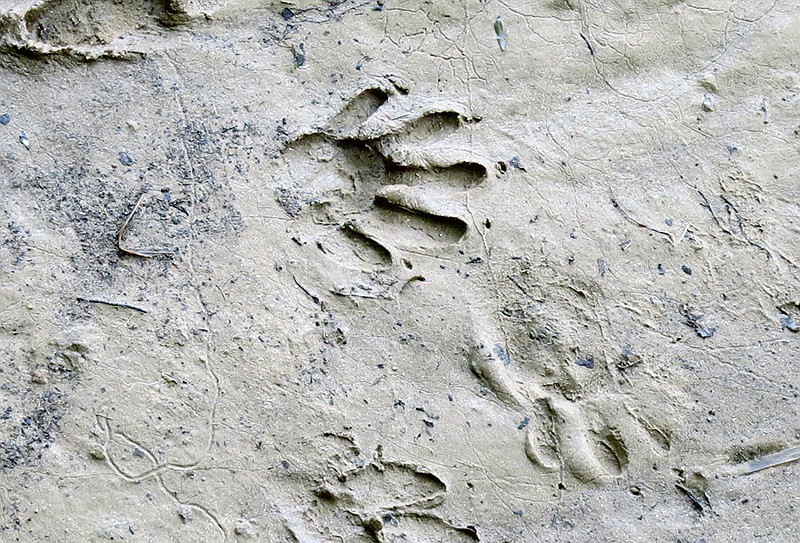If there's anyone who knows just how hard it is to keep 5- to 12-year-olds engaged during lessons, it's Lynn Grabowski.
As educational director at Audubon Acres, Grabowski has seen her fair share of eyes glossing over as she explains the anatomy of bird beaks or tree bark. But she has also seen those same eyes light up when it comes time to play.
More and more, teachers are integrating games and other hands-on activities into their lessons to help students grasp difficult concepts. And the method is just as effective in the classroom as it is in the outdoors.
"To really touch a tree rather than just be told about it is going to be so much more lasting in their heads," Grabowski says. "It's important to have fun with what you're doing, because otherwise, you're really not going to remember what you were taught."
If you're looking for fun new ways to teach your child about the wonders of nature this spring, Grabowski suggests trying these games to make your lessons stick.
CSI: Critter Scene Investigation
What you need:
Notebook
Pencil
Printouts of animal tracks, fur and feathers
What you do:
Step 1: Find a scene of recent animal activity. This can be anything from a set of tracks leading to a pile of feathers, to a turtle shell leaning against a rock. (Large birds will often drop turtles from above so they can then snack on what's inside the shell.) Audubon Acres has no shortages of such scenes.
Step 2: Together, examine the evidence. Was there a victim? A perpetrator? Use the printouts and clues to determine what species they were. Then use all available information to figure out what happened there.
What you learn: Kids will learn to think critically and identify animals tracks and other signs of wildlife. They will also learn about the behaviors of animals they rarely get to see.
By the Beak
What you need:
A straw
A pair of pliers
A pair of tweezers
Cup of juice
Nuts
M&Ms
Sunflower seeds
Dry rice
What you do:
Step 1: Set aside the straw, pliers and tweezers - each one of these will be used as a different mock bird beak. Then set aside the remaining items as your mock bird food.
Step 2: Have kids try to pick up each food item using each type of "beak." Have them explain why they think certain beaks worked better with certain food items. They can also try to guess which types of birds have beaks similar to each tool.
What you learn: This is a fun way to teach your child about beak anatomy. The straw, which will suck up the juice like nectar, is representative of a hummingbird; the pliers, which will pick up the nuts and M&Ms, will show how birds like jays and woodpeckers eat; and the tweezers, picking up the sunflower seeds and rice, will demonstrate how seed-eating birds like doves and finches feed.
Oh, Say Can You Tree?
What you need:
Blindfold
Trees
What you do:
Step 1: For this two-person game, find an area with lots of trees and place a blindfold over one player's eyes. The person wearing the blindfold is allowed to speak, but the one without the blindfold cannot.
Step 2: Have the player who is not wearing the blindfold lead his or her partner to a random tree. The blindfolded player must then touch the tree, attempting to memorize its features. Is it knobby? Is it smooth? When s/he is done, the other player will lead him or her back to the starting point.
Step 3: Now, using only the sense of touch, the blindfolded person must relocate his or her tree. The player who can see can help their blind partner navigate the area, but must do so without talking. For example, two claps might mean stop; a tap on the left shoulder mean go left; etc.
Pro tip: To avoid an itchy situation, make sure both players know what poison ivy looks like.
What you learn: Not only is the game a great trust exercise, it's also a great way to start a discussion about the characteristics of different trees. Players will become intimately familiar with trees' exterior, leading to lively discussions about the anatomy of tree bark - a discussion that likely will not result in glossed-over eyes.
